North Korea's Rockets and Missiles: 5 Interesting Facts
North Korea's Rockets and Missiles
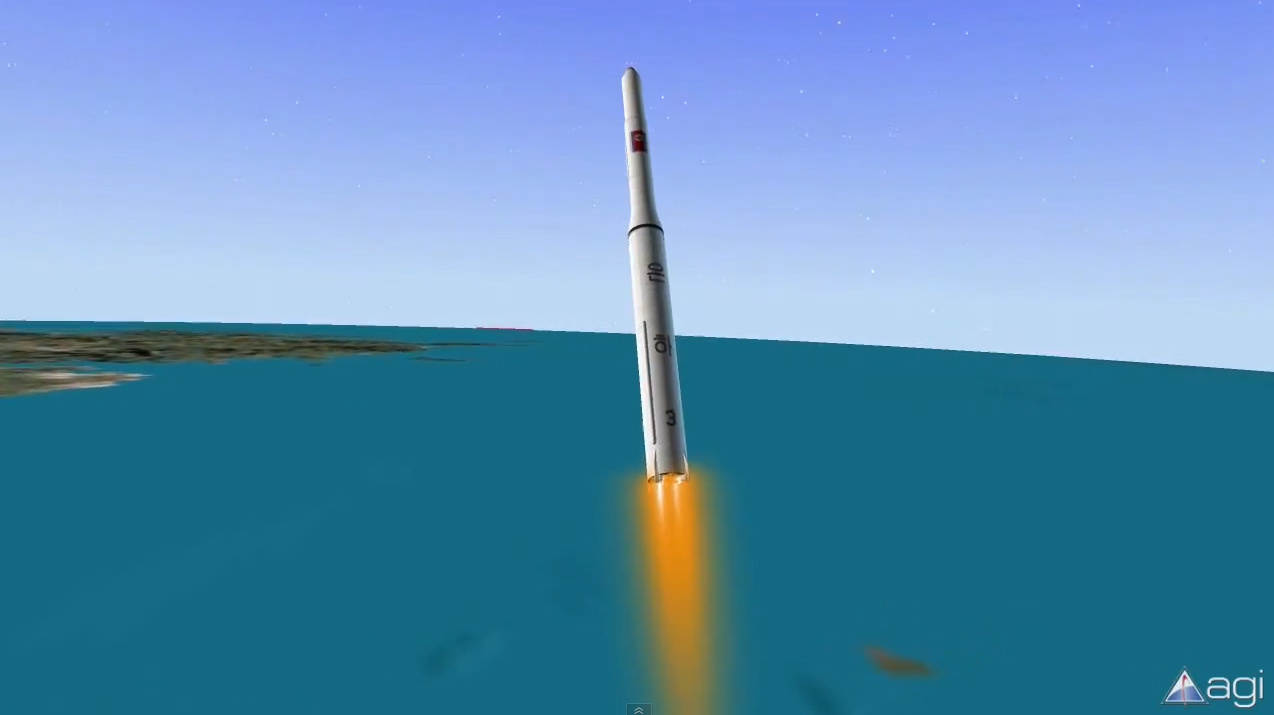
North Korea's missile program is shrouded in secrecy, which helps the outlaw nation keep the rest of the world guessing.
Still, Western experts have learned a fair bit about Pyongyang's stable of rockets and missiles over the years by analyzing test flights, satellite photos and other data. Here are five of the most interesting things they've figured out.
FIRST STOP: Soviet Origins of Missiles
Soviet Origins
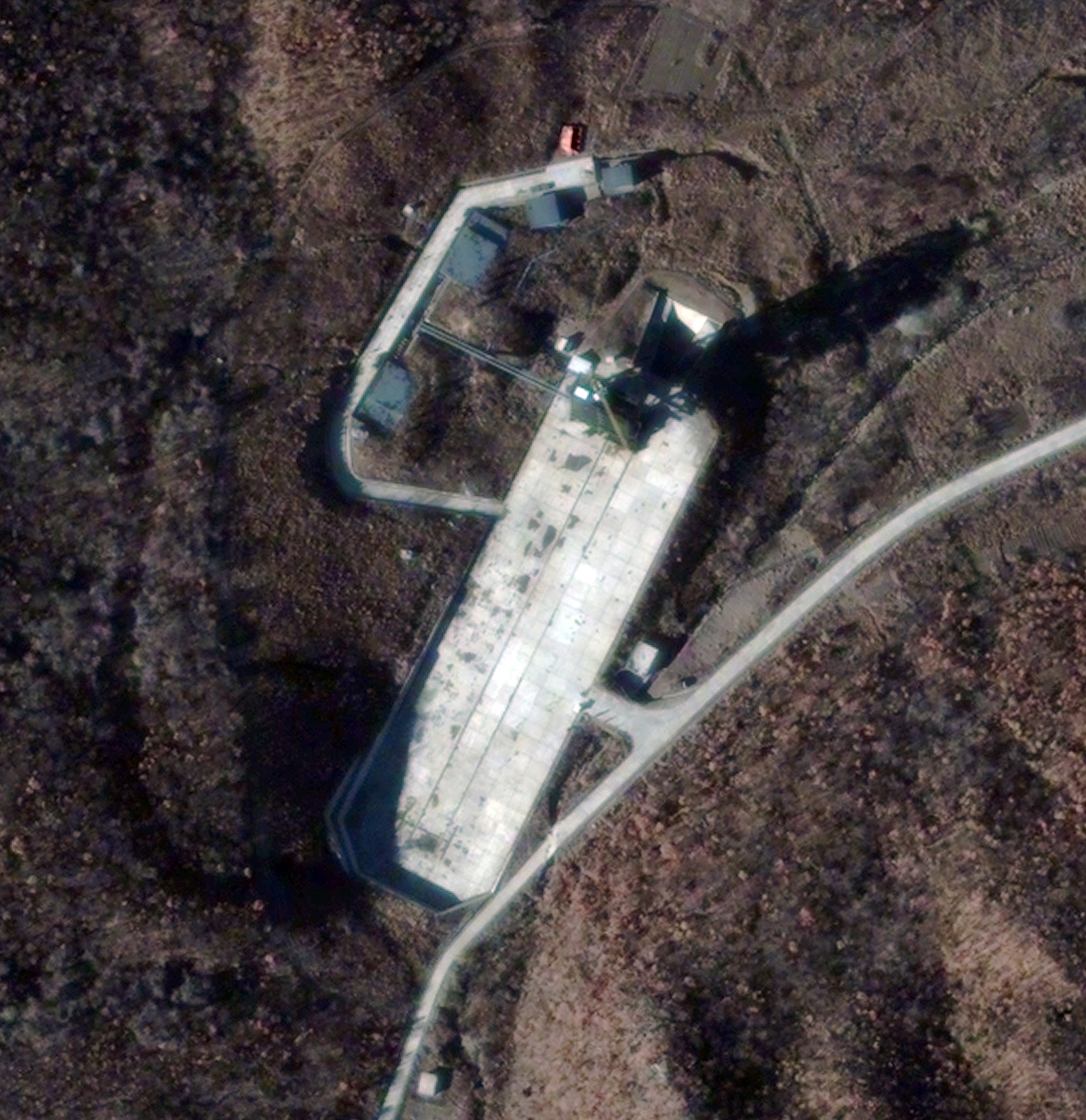
The Hermit Kingdom's missile program is based primarily on Soviet Scuds, which apparently entered the country via Egypt in the 1970s. North Korea was building its own Scud version, called the Hwasong-5, by the mid-1980s, and moved onto bigger and more powerful missiles after that. [North Korea's Missile Capabilities Explained]
NEXT: Poor Accuracy
Poor Accuracy
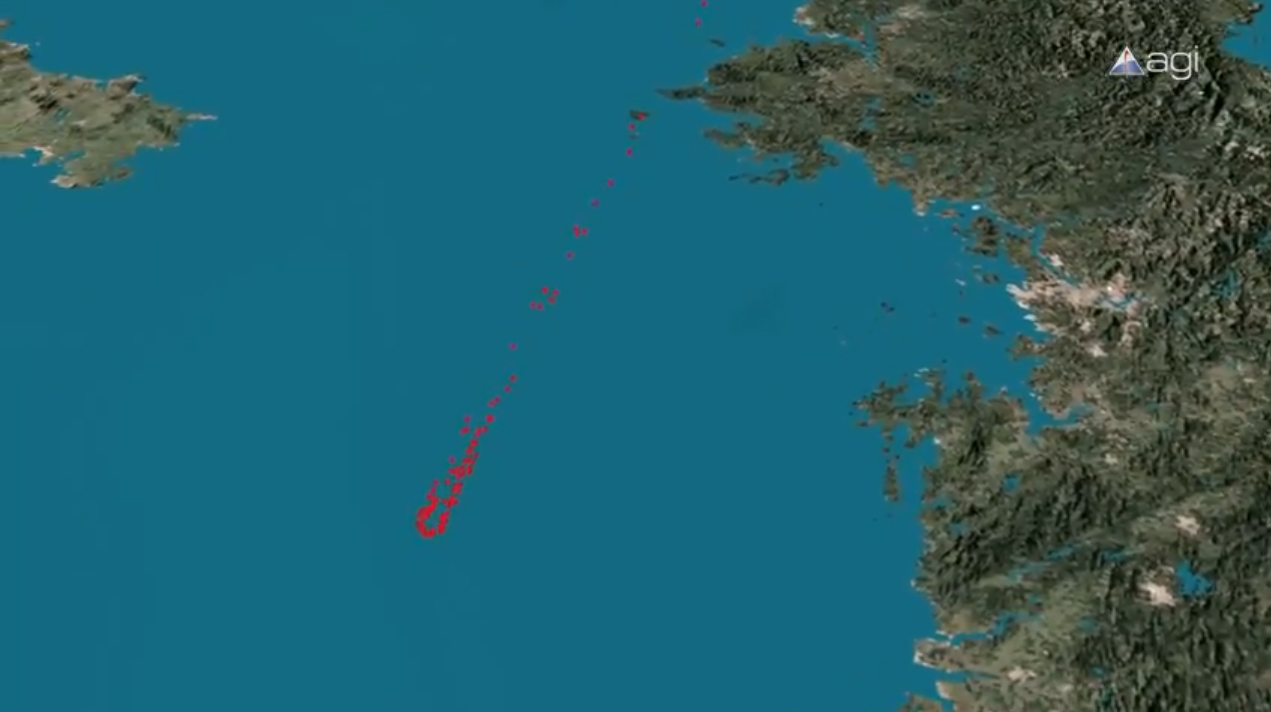
North Korea's missiles have lousy accuracy compared to those developed by the United States, experts say. Pyongyang's Hwasong line, for example, can reach targets a few hundred miles away, but with an accuracy of just 0.3 miles to 0.6 miles (0.5 to 1 kilometer).
A missile called the Nodong can fly 620 miles to 800 miles (1,000 to 1,300 km), but its estimated accuracy is even worse — 1.8 to 2.5 miles (3 to 4 km). Such missiles can't reliably hit military targets, but they can certainly strike larger targets such as cities.
NEXT: Iran's Help
Cooperation with Iran
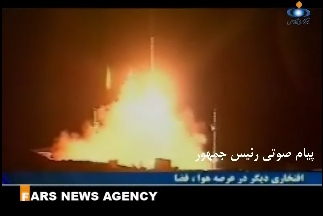
North Korea has apparently cooperated extensively with fellow pariah nation Iran on rocket and missile technology. For example, the third stage of Pyongyang's Unha-2 rocket is very similar to the upper stage of Iran's Safir-2 launcher, physicists David Wright and Theodore Postol noted in a 2009 report.
NEXT: Satellite Success
Satellite Launch Success
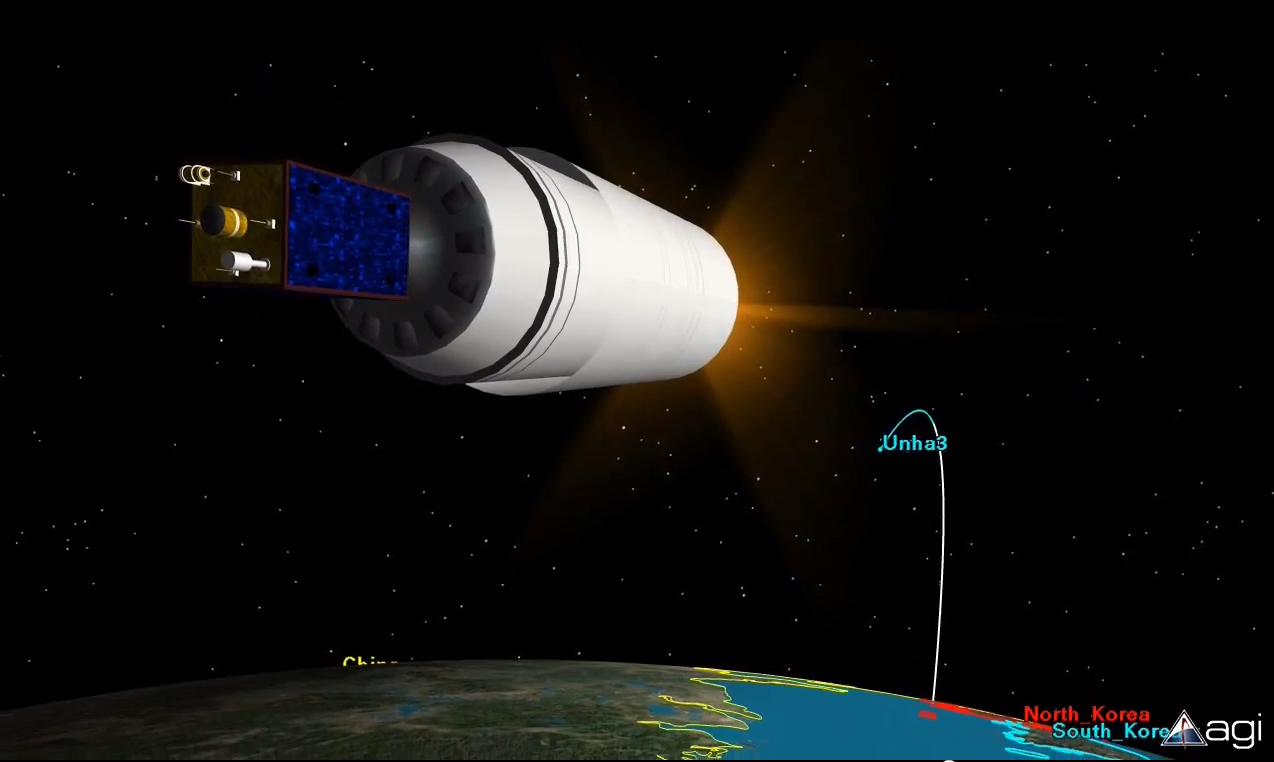
North Korea joined the ranks of satellite-launching nations last December, when its Unha-3 rocket launched a small satellite to Earth orbit.
This breakthrough came after three consecutive failures — one in 1998, one in 2009 and another in April 2012. North Korean officials didn't always admit to these mishaps, however. For example, they claimed that the Kwangmyongsong-1 ("Bright Star 1") satellite reached orbit in 1998 and broadcast patriotic songs into space. [Unha-3 Rocket Explained (Infographic)]
NEXT: Nuclear Warheads Possible
Nuclear Warheads Possible
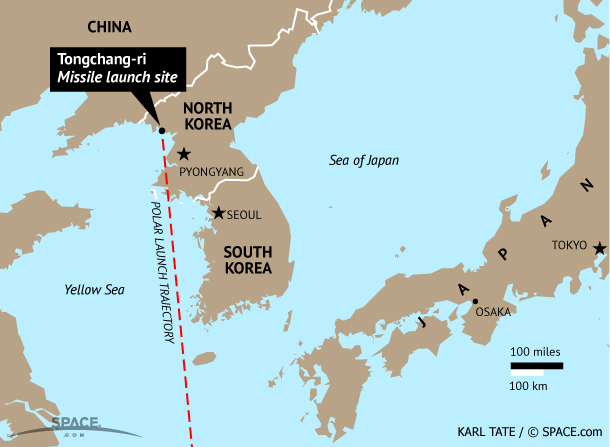
North Korea has been ratcheting up its bellicose rhetoric lately, threatening to launch nuclear strikes against Washington, D.C. and other American cities.
While the rogue nation's nuclear-weapons program is thought to be at a relatively primitive stage, Pyongyang may indeed already possess warheads small enough to be carried large distances by a ballistic missile, experts say."Having something that's around 1,000 kilograms, or maybe somewhat smaller than that, unfortunately does not seem impossible," Wright told SPACE.com. "We don't really know, but I think you have to take seriously that they could well be there."
Most analysts doubt, however, that North Korean missiles are powerful enough to deliver a nuclear weapon to the American mainland. The tough talk from Pyongyang is primarily bluster aimed at wringing concessions out of the international community and building support for young leader Kim Jong-Un at home, they say.
Follow Mike Wall on Twitter @michaeldwall. Follow us @Spacedotcom, Facebook or .
Join our Space Forums to keep talking space on the latest missions, night sky and more! And if you have a news tip, correction or comment, let us know at: community@space.com.
Get the Space.com Newsletter
Breaking space news, the latest updates on rocket launches, skywatching events and more!

Michael Wall is a Senior Space Writer with Space.com and joined the team in 2010. He primarily covers exoplanets, spaceflight and military space, but has been known to dabble in the space art beat. His book about the search for alien life, "Out There," was published on Nov. 13, 2018. Before becoming a science writer, Michael worked as a herpetologist and wildlife biologist. He has a Ph.D. in evolutionary biology from the University of Sydney, Australia, a bachelor's degree from the University of Arizona, and a graduate certificate in science writing from the University of California, Santa Cruz. To find out what his latest project is, you can follow Michael on Twitter.
